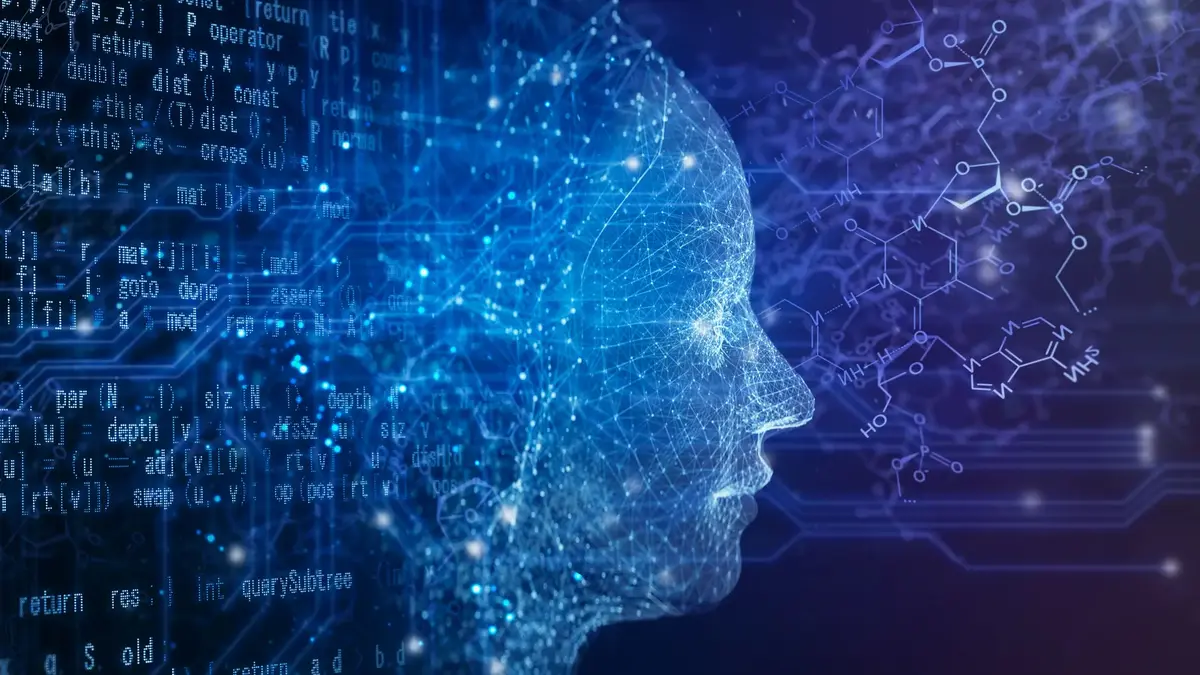
source: TIME The increasing demand for large la...
news-extra-space

 Therefore, Inoue and his colleagues tried to teach their AI system the art of conversational laughter. The team gathered training data from over 80 speed-dating dialogues between male university students and Erica for their research. Initially, they used four amateur actresses to teleoperate the laughing robot.
Furthermore, The Guardian reported that the scientist annotated the dialogue data for solo laughs, social laughs (ones without humor, such as polite or embarrassed laughs), and laughter of joy. Then they used this data to train a machine learning system to decide whether to laugh. In addition, the team also taught the AI system to choose the appropriate type of laugh.
Therefore, Inoue and his colleagues tried to teach their AI system the art of conversational laughter. The team gathered training data from over 80 speed-dating dialogues between male university students and Erica for their research. Initially, they used four amateur actresses to teleoperate the laughing robot.
Furthermore, The Guardian reported that the scientist annotated the dialogue data for solo laughs, social laughs (ones without humor, such as polite or embarrassed laughs), and laughter of joy. Then they used this data to train a machine learning system to decide whether to laugh. In addition, the team also taught the AI system to choose the appropriate type of laugh.
 Moreover, the algorithm developed by the scientists learned the basic characteristics of social laughs based on the audio files created by the team. Thus, the AI system aimed to mirror these social laughs in the right situations at the right time.
Moreover, the algorithm developed by the scientists learned the basic characteristics of social laughs based on the audio files created by the team. Thus, the AI system aimed to mirror these social laughs in the right situations at the right time.
 Furthermore, the scientists tested Erica's sense of humor by creating four short dialogues the laughing robot can share with a person. And for that, they integrated the new shared-laughter algorithm into existing conversation software. Then, the team compared these to scenarios where Erica did not laugh or produced a social laugh every time she detected laughter.
After that, the team played the clips to 130 volunteers for rating. They all rated the shared-laughter algorithm the most favorable for empathy, naturalness, human-likeness, and understanding, per The Guardian's report.
According to laughing robot researchers, laughter could help create robots with their own distinct characters. However, Inoue noted that it would take over 20 years before people can have a "casual chat with a robot like with a friend."
Furthermore, the scientists tested Erica's sense of humor by creating four short dialogues the laughing robot can share with a person. And for that, they integrated the new shared-laughter algorithm into existing conversation software. Then, the team compared these to scenarios where Erica did not laugh or produced a social laugh every time she detected laughter.
After that, the team played the clips to 130 volunteers for rating. They all rated the shared-laughter algorithm the most favorable for empathy, naturalness, human-likeness, and understanding, per The Guardian's report.
According to laughing robot researchers, laughter could help create robots with their own distinct characters. However, Inoue noted that it would take over 20 years before people can have a "casual chat with a robot like with a friend."
Leave a Reply






